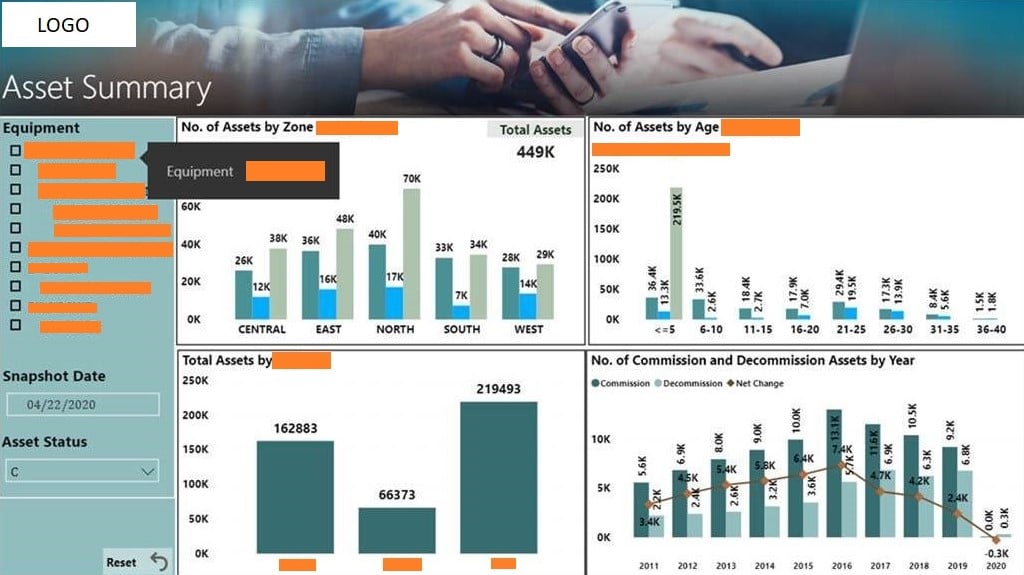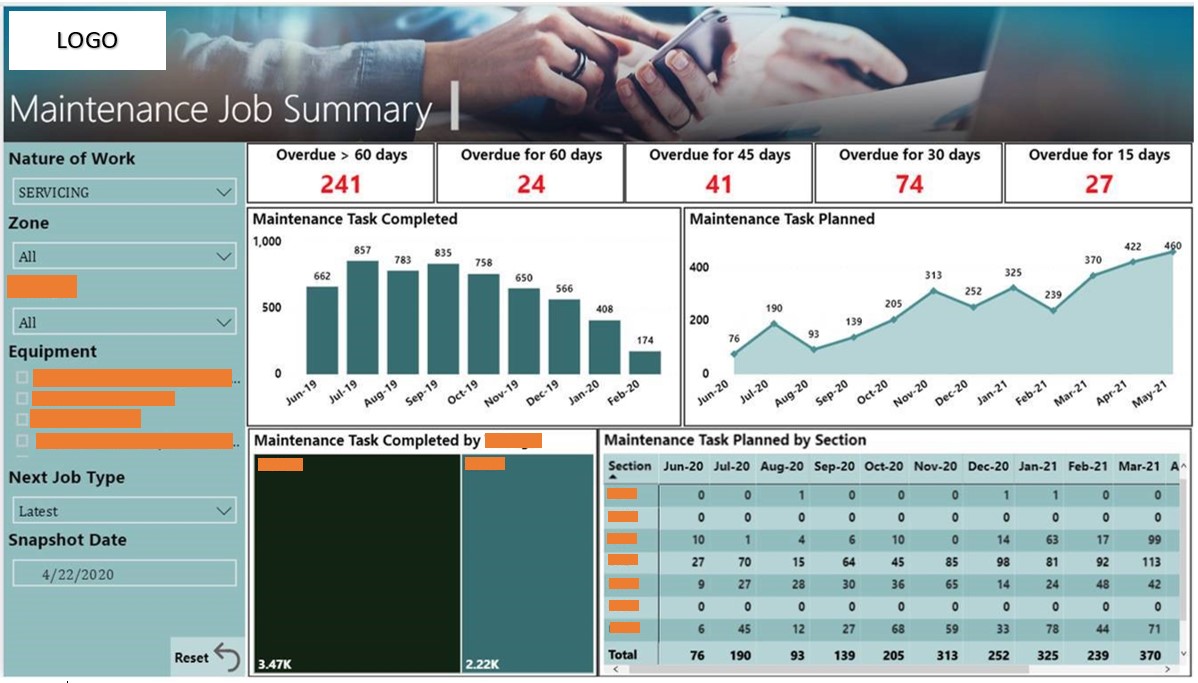An effective asset management system allows your organization to have an overview of the company’s assets and ensures that they are being used in the most efficient manner possible. In doing so, it enables your organization to realize value from your assets in the pursuit of your organisational goals and objectives. Asset management is the support system of your business. Your organization's assets are the backbone of your business operations, with the ultimate goal to meet customer demands. Think back to a time when your organization misplaced or lost inventory, or that there were unplanned equipment failures or unexpected downtime. In some way or another, it did affect your business operations momentarily, right? Were customers unhappy? Or even worse, stakeholders? It does sound like asset management is the glue that binds the organization, doesn’t it? Well, it is.
However, the unfortunate fact is that many organizations still perform their asset management manually and on excel spreadsheets. While there is nothing wrong to it, it is time-consuming and prone to human errors, not to mention security risks. It may seem fitting for small companies to perform asset management manually now, but what happens 5 years down the line when the company has grown and has acquired thousands of assets. Insightful analysis and forecast will prove to be a challenge, often accompanied by high maintenance costs.
What companies need is a reliable Asset Management Analytics reporting system that can give your organization a full review as well as a breakdown of metrics that are important to you. Here at Just Analytics, we have designed a fully personalized analytics system that meets your needs. You will have a complete visualization and summary of your various assets with all its accompanying information (see below) such as the brand of the asset, age, warranty period, maintenance date etc. With a clear view of the life-cycle of the assets, your business will be able to plan for future acquisitions as well as to plan for the safe and effective decommissioning of assets. In addition, we provide a trend analysis of your commissioned and decommissioned assets, enabling you to make informed decisions regarding the next cycle of purchase.

On top of that, the Asset Management Analytics reporting system gives you the maintenance job summary (see below) so that you will always be in the know of assets that require up-keeping. Whether it is assets that have recently undergone maintenance or if it is assets that are scheduled for servicing. Staying on top of your maintenance operations will prevent all sorts of business activities from coming to any unnecessary stops.

What our Asset Management Analytics does differently are summarized in the 3 points below:
1. Point-in-time analysis:
The system provides you with a snapshot of any period of your interest to study past trends and make smart decisions on where your next investment can be on. Point-in-time analyses help your business see what changed and what didn’t. When used over consistent time periods, it can be effective in showing variations in your data.
2. Centralized Reporting System
With the complete asset inventory using multiple dashboards, different teams do not have to use differing systems, nor do they have to use varying templates or macros. With a central asset management system, the entire life-cycle of the assets is outlined for the relevant personals. Hence, the organization can develop programs to continually support their business operations. Data integration through a central repository allows changes by users to be reflected across the system instantaneously, this saves time and enhances productivity.
3. Security
Asset management data is often confidential and data leaks are every organization’s nightmare. The restriction of data can be enabled via row-level security, thereby providing access to given users only. Filters within the reporting system can allow you to restrict data access at the row level, with further filters being defined according to the role. This allows only users to see particular components of the data based on their role in the business.
Have we piqued your interest? Contact us for a complimentary demo to showcase what insights can be delivered to achieve your business goals and objectives.


